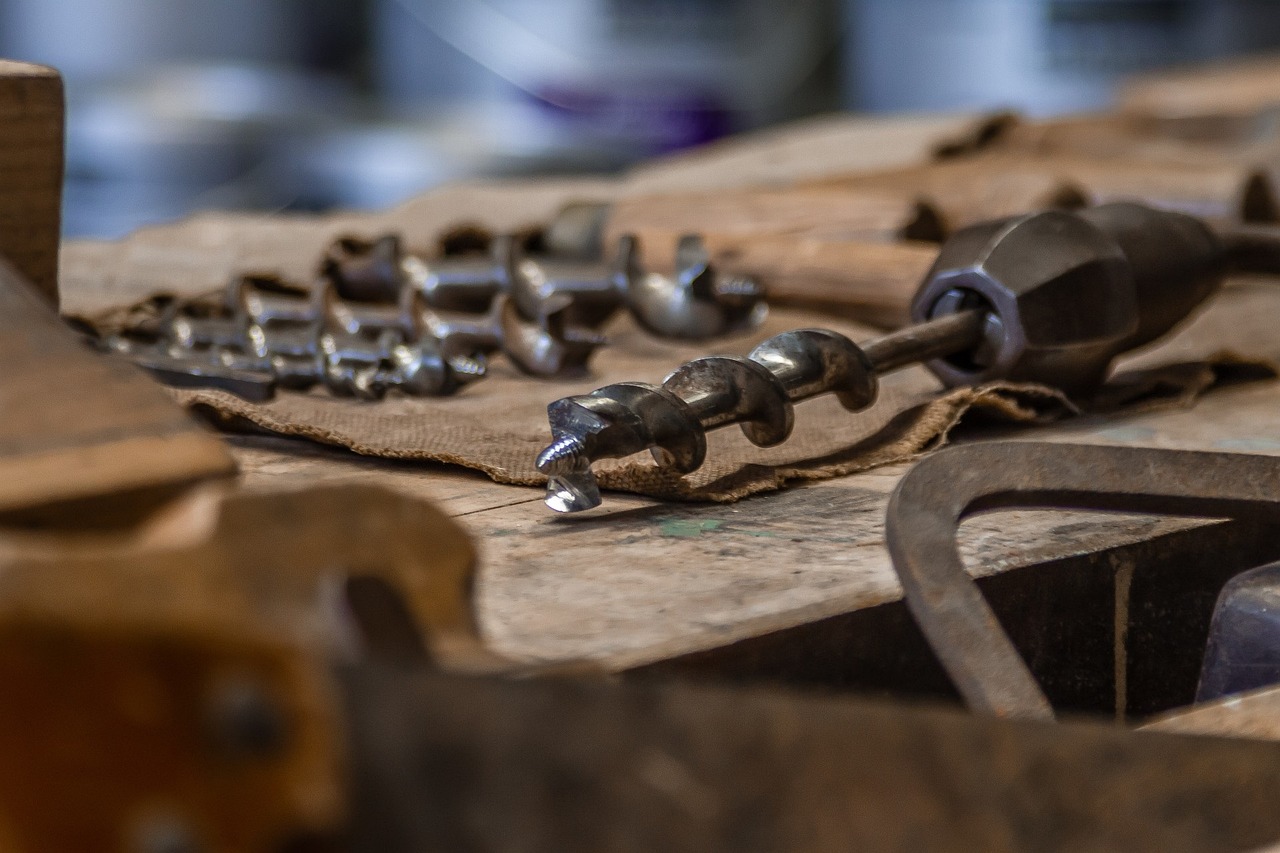Woodworking has experienced significant evolution throughout history. The introduction of new technologies and materials has provided modern woodworkers with a vast array of tools and techniques to enhance efficiency and precision. However, as these advancements have become commonplace, opportunities for innovation and experimentation have dwindled. This article aims to uncover the lesser-known and uncommonly used woodworking tools and techniques that are remarkably advanced and distinctive.
Niche Woodworking Tools
A thrilling part of woodworking is finding new tools to assist in achieving specific tasks or creating distinctive aesthetics. Specialized planes, saws, and chisels are among the most niche tools, crafted to suit specific wood types or tasks. An instance of such an uncommon tool is the skew chisel, ideal for producing precise, smooth edges on wood. Likewise, a coping saw is a specialized saw utilized for cutting intricate wood shapes and patterns.
Rare Woodworking Tools
The use of rare tools in woodworking is often disregarded. These tools are usually made by hand or are difficult to come by, and experienced woodworkers often use them to accomplish a particular appearance or impact. Wooden planes, spoke shaves, and draw knives are a few examples of rare tools. Although these tools are not frequently used in contemporary woodworking, incorporating them can infuse your work with a distinct character and a one-of-a-kind touch.
Introduction to Marquetry and Inlay Techniques
- Marquetry: Marquetry involves using carefully cut and fitted pieces of different wood species, veneers, or other materials to create decorative patterns or images on the surface of a woodworking project. This technique allows you to incorporate intricate designs and add visual interest to your work.
- Inlay: Inlay is the process of embedding contrasting materials, such as metal, shell, or additional wood species, into the surface of a woodworking project. It adds depth, texture, and a touch of elegance to your designs, enhancing the overall aesthetic appeal.
Step-by-Step Guide to Creating Intricate Designs
- Design and Plan: Start by sketching out your design and deciding on the placement of the marquetry or inlay elements. Consider the colors, shapes, and patterns you want to incorporate to achieve the desired effect.
- Prepare the Materials: Gather the necessary materials, including different wood veneers, inlay materials, adhesives, and tools such as a fret saw or chisel. Ensure the materials are well-suited for the project and have complementary colors and textures.
- Cutting and Fitting: Carefully cut the veneers or inlay materials according to your design. Use precise cutting tools to achieve clean edges and a perfect fit. Take your time to ensure the pieces align correctly and fit seamlessly together.
- Gluing and Finishing: Apply a thin layer of adhesive to the back of each veneer or inlay piece and carefully position them on the woodworking project. Press them firmly to ensure a strong bond. Allow the adhesive to dry completely. Finish the project by sanding the surface and applying an appropriate finish to protect and enhance the beauty of the design.
Examples of Stunning Marquetry and Inlay Work
- Intricate Floral Patterns: Create breathtaking floral patterns using a combination of different veneers and inlay materials. Experiment with various wood species to achieve contrasting colors and textures, bringing the design to life.
- Nature-inspired Scenes: Capture the beauty of nature by incorporating marquetry or inlay elements depicting landscapes, animals, or plants. The use of different veneers and inlay materials can add depth and realism to the scene.
- Geometric Designs: Explore the world of geometric patterns, combining various shapes and contrasting colors to create visually striking designs. Achieve precision and symmetry in your work, resulting in a captivating and modern aesthetic.
Unique Woodworking Methods
Many woodworkers are constantly seeking fresh and innovative approaches to working with wood. Some distinctive methods encompass utilizing green wood, employing hand tools, and exploring unconventional techniques for finishing and joinery. Green woodworking, for instance, entails working with recently cut wood that has not undergone the drying process. This technique yields a distinct appearance and texture, frequently employed in projects with a rustic or primitive style.
In recent years, the popularity of hand-tool woodworking has been increasing as a unique method. This technique focuses on utilizing hand tools exclusively to shape and finish wood, instead of relying on power tools. While this approach demands skill and patience, it has the potential to create stunning and distinct pieces.
Woodworkers are increasingly embracing non-traditional techniques for joinery and finishing, such as employing natural dyes, hand-rubbed oil finishes, and non-toxic woodworking methods.
Conclusion
To sum up, woodworking is a time-honored skill that continuously develops. With the emergence of advanced technologies and materials, contemporary woodworkers have a diverse set of tools and techniques at their disposal, enhancing the efficiency and accuracy of their craft. Nonetheless, numerous of these new tools and approaches have become widely adopted, allowing limited space for originality and exploration.






